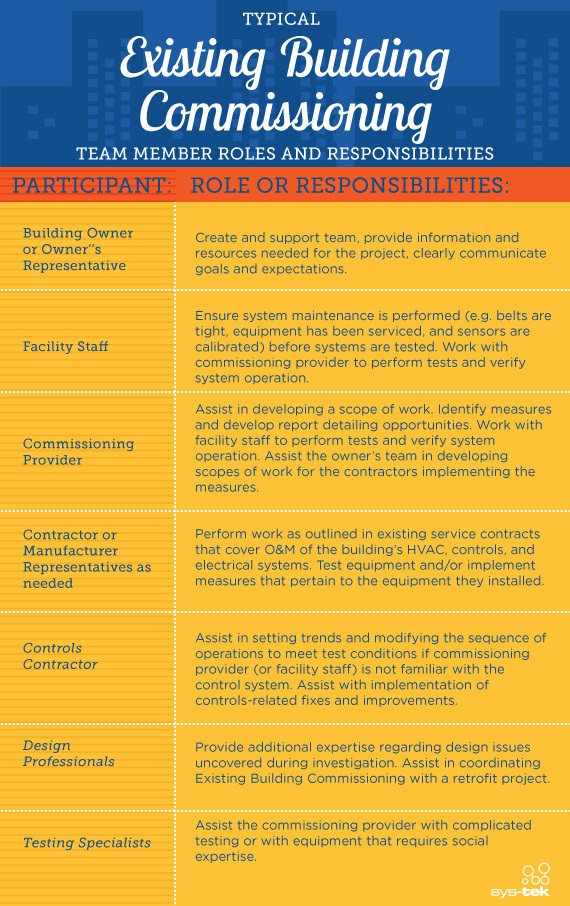Kohl’s signs on to DOE’s Better Buildings Challenge
Dec 20, 2013
Kohl’s, the Fortune 500 retailer that comfortably claimed the spot of second largest U.S. department store in 2012, now carries more than this season’s vogue styles. Nearly 800 of its stores have been certified for ENERGY STAR status, meaning these locations rank among the top 25 percent of all stores in the country for energy efficiency.
Kohl’s allegiance to cutting energy bills is in line with its membership in the Department of Energy’s Better Building Challenge, an initiative that strives to shrink energy consumption at all non-residential buildings by 20 percent by the year 2020.
Inclusion with the energy challenge kicked off with a case study of potential energy-saving solutions at a Kohl’s location in Niles, Ohio. The 87,000-square-foot store was prototypical for chain locations throughout the nation and offered a clear glimpse at how all stores would and could react to future ENERGY STAR solutions, retrofits and updates
In late 2011, before Kohl’s signed on with the initiative, the Niles store had an ENERGY STAR score of 63 (50 is roughly the average across all stores of any type in the nation). Needing to inflate its score up to 75 to be ENERGY STAR eligible, there was definitive room for improvement.
Energy levels were shaved down across many domains — from the lights, indoor temperature, coolers and ventilation system. Consumption rates were documented across time and discussed, and benchmarks started to materialize. One of the larger renovations included replacing the RTUs (rooftop units), the angular stainless steel boxes atop the building responsible for air circulation. They were nearing the end of their lifecycle at the Niles store and were promptly traded out for greener models.
Other improvements included the recommissioning of the control system in order to better measure energy efficiency and the installation of more cooler-burning, energy-efficient lighting fixtures all over the store — from the sales floor and stockrooms to the offices and exterior. In many cases, ultra-low wattage LEDs were used.
Thanks to the successful guinea pigging of the Niles store, Kohl’s has been able to improve energy conservation by 7 percent across the board. Further, the corporation now recycles a staggering 77 percent of all the waste the company generates. “The Better Buildings Challenge is a natural fit with our approach of testing, learning, and implementing new programs on a broader scale,” said John Fojut, Vice President of Corporate Sustainability for the company. “We will continue to explore additional opportunities and locations for improved efficiency.”








